Pilar Bayona López de Ansó was
born in Saragossa, Spain, on September the 16th, 1897. She was the daughter of
Julio and Sara. Julio, who was also born in Saragossa, was a professor of
exact sciences, and her mother, Sara, was born in Cariñena, her family
home being in Cosuenda.
From a very early age Pilar Bayona showed an exceptional talent for
music, and started to receive piano and music lessons from the brother and
sister
José
and Ángeles Sirvent, both Catalan students of Malats, living
in Saragossa. Her first public performance was at the tender age of five
at a charity event sponsored by H.R.H. King Alfonso XIII. After
participating in other similar events she made her
debut
at the age of ten in the Philharmonic Society, sharing the programme with
the Ballo quartet.
In
1912 she had already started her career as a concert pianist, becoming
more and more well known nationally. Between 1912 and 1920 her
performances, both in recital and in orchestra, brought her into contact,
which later led to friendship, with composers and conductors of that era,
such as Villa, Bretón,
Usandizaga,
Fernández Arbós,
Joaquín
Turina, Adolfo Salazar, Oscar Esplá, Jesús Guridi, López
Chavarri, and other artists such as the violinist
Juan
Manén -with whom she toured around several Spanish cities-,
Arturo
Rubinstein, etc.
Her friendships with
Luis
Buñuel (a Julio Bayona’s mathematics student) and with
José Camón Aznar also date from this period.
In 1914 she performed at the Palace for H.R.H.S. the
Princesses Isabel and Paz.
In view of her young age, her performances in the early years made her
very popular, and she appeared frequently in the newspapers and magazines
of that time, such as "El Bretoniano", "Blanco y
Negro", "Correspondencia", "Lira
Española", "La Linterna", "Pluma
Aragonesa". She was also the subject of interviews and poems from
writers such as
Jardiel
Poncela, Cistué de Castro...
From the very begining she showed an interest in
contemporary music, and included works by Falla, Albéniz, Usandizaga,
Esplá, Ravel, Debussy, in her performances.
She began her friendship with
Eduardo del Pueyo and Luis
Galve, who, at that time, had their first appearance in Saragossa, as
pianists. This friendship was to last forever.
Over the next ten years, she began to travel abroad,
and in 1924 she went to Germany, and had one performance in Stuttgart and
two in
Berlín,
where the programmes were already a complete representation of the most
recent and interesting Spanish music: not only Albéniz, Granados and
Falla, but also including Usandizaga, P.J. Antonio de San Sebastián,
Halffter, Mompou and Esplá. Her interest in popularizing contemporary
Spanish music continued, and "Concierto Valenciano" by
López Chavarri, is premiered by Pilar Bayona in 1928, and works by
the Turolense composer Mingote were included in her repertoire.
In her devotion to popularize the new music she did not
limit herself to only Spanish compositions but in her programmes one could
find first auditions by Tchaikowsky, Brahms, Balakireff, Moussorgsky,
Ravel, Debussy, Martinu and Tansman.
New friendships were founded, and so she came to know Joaquín Rodrigo,
Ernesto
Halffter, Fernando Remacha and Gaspar Cassadó, who gave
signed scores of their works to her. At the same time she came to know
Maurice
Ravel, in 1924 in Madrid, and
later when the french composer visited Saragossa on tour.
She also met José Zamora who presented her with one of
his modernist drawings.
During the thirties she continued her concert activities. Worth mentioning
was her outstanding performance in Madrid with
Rafael
Martínez Ensemble, premiering the Turina piano quartet, and
her participation in Saragossa at a charity event along with the famous
singer
Miguel
Fleta and others.
Her fame and popularity continued to increase, and
Javier
Ciria portrayed her in oils twice, and in Seville she was
drawn by
Juan
Lafita and in Saragossa by
Guillermo
Pérez Baylo; Honorio García Condoy made a bust of her, and
Tomás
Seral y Casas dedicated a poem to her in his book "Poemas del
amor violento" edited in 1933, and spoke about her performances
in "Noreste" Magazine.
In 1936 she spent some time in Madrid where she went to study
piano at the Residencia de Estudiantes (Students Hall). There she met with
friends such as Luis Buñuel, Rafael Sánchez Ventura, Adolfo Salazar,
Pepín
Bello, Honorio García Condoy,
Federico
García Lorca, Juan Vicens, Acario Cotapos, etc., who assembled to
hear her play. She also attended a dinner to pay homage to Hernando
Viñes. García Lorca gave her an autographed copy of the first edition of
"Llanto por Ignacio Sánchez Mejías".
Matilde Salvador gave copies of her compositios to her, and she was sent a
copy of "Sonatas de El Escorial" by Rodolfo Halffter.
In 1937 the Bayona family moved from No. 12 San Miguel st. to No. 8 Paseo
de la Independencia. This home became the central meeting point for her
intellectual friends and for other musicians who happened to be passing
through Saragossa.
In 1938 she participated at the inauguration of
Radio
Saragossa, and from that moment on -until the time of her death-
she collaborated with periodic chamber music concerts (together with
Joaquín Roig, José Calavia, Agustín Serrano and Gálvez Bellido, and other
aragonese musicians such as Jaria, Enciso, Rey, etc.) and
piano solos, which covered a wide variety of all music from all ages.
During the forties, apart from her concerts in Spanish cities, she also
played in France, Portugal and Morocco. In her interpretations accompanied
by orchestra, she collaborated with conductors such as Fernández Arbós,
Arámbarri, Toldrá, Surinach, Candael and Granero.
The fifties decade marked the peak of her pianistic career, giving many
concerts at this time. From 1950 until 1957 there were 149 concerts (in
Saragossa seven different concerts were played in 1951). There was already
clear recognition of her activity to popularize and perform contemporary
Spanish music, and more than 38 composers (a total of some 80 different
works) sent her copies of their compositions.
From 1960 to 1969 she continued doing concerts all over Spain and Morocco,
In Málaga, in 1961, she played for the first time "Rapsodia de Estella" by Remacha, with Frübeck de Burgos
as conductor.
During the last decade of her life in the 70’s, She continued her
occupation as a pianist, with tours in more than twenty Spanish cities.
In Saragossa she maintained close contact with the intellectual
group of that era.
Alfonso
Buñuel,
Luis García-Abrines,
Juan Pérez Páramo, Federico Torralba, Julián Gállego, Eduardo
Fauquié, etc. They visited her regularly and came to listen to her on
Radio Saragossa.
One of these friends, José Mª García Gil, was to marry María de Ávila
-the ballerina who later became an excellent ballet teacher-, and a great
friendship was born between her and Pilar Bayona.
To this group we can also add
Juan
Eduardo Cirlot, who was doing his military service in Saragossa
for two years. It was Cirlot who dedicated to Pilar a sonet, another poem
about Scriabine, and in 1942 a book of poems called "Pájaros
tristes" which had been inspired by her interpretation of this
Ravelian work (Oiseaux tristes). All this documents are unique and
original works.
Every year after 1945 she participated in summer courses at the University
of Saragossa in Jaca (a village in Huesca, N.E. Spain) with a musical week
that included various concerts/conferences in collaboration with Federico
Sopeña or Dolores Palá. This participation was to continue until her
death.
During those years, composers like Joaquín Rodrigo, Salvador Bacarisse,
Manuel Palau, and Vicente Asencio gave some signed copies of their works
to her. Martínez Chumillas dedicated his first piece of work "Letargo"
to Pilar. In 1946 she paid homage to José and
Federico
Mompou in
Barcelona.
Literary authors such as Ricardo Gullón, Comín Gargallo and
Vicente
Aleixandre
sent
dedicated copies of their books to Pilar.
In 1950 the musical society "Sansueña" was created in
Saragossa. Besides the opening concert dedicated to Falla, she repeatedly
performed with monographic programmes dedicated to Bach, Ravel, Albéniz
and
Oscar
Esplá, playing for the first time "Sonata Española"
and "La Sierra", by the latter composer.
In 1953 she performed for H.R.H. Queen of Bulgaria, and in 1955 she was
awarded the title of Hija Predilecta de Zaragoza (an award bestowed on
Saragossa’s most famous sons and daughters).
Over those years she played the entire Albéniz "Iberia" on
four occasions. In 1955, following a suggestion by Alexis Weissenberg, who
was familiar with her interpretation of this work, a French recording
company invited her to record the "Iberia" suite,
although only seven of the twelve pieces were edited.
In 1956 she performed in Alicante playing for the first time ever
"Fantasía Homenaje a Walt Disney" by
Jesús
Guridi, and the following day she interpreted the first
audition "Sonata del Sur" by Esplá.
She also performed in concert with
José
Iturbi
as
conductor.
In September 1957 the Pablo Sarasate Music Academy was founded in
Pamplona, and she participated in the opening events with a series of
concerts, together with other acts under the guidance of
Fernando
Remacha, P. Samuel Rubio and Ricardo Urgoiti. Remacha requested
her services as a teacher and from then on she gave classes at this
centre.
In 1957 and ‘58 she recorded two records for Hispavox which were
dedicated to the music by Esplá and Guridi.
During this time she received works by Esplá, Moreno Gans, Luis de Pablo
and
Joaquín
Rodrigo. One of Rodrigo’s works "Sonatas de Castilla
(nº 5)" is a piece dedicated to Pilar Bayona herself.
She maintained her friendship with the intellectuals of Aragón, and so
Manuel Derqui dedicated one of his stories to her, Luis García-Abrines
dedicated to Pilar and to Adolfo Salazar a facsimile edition of "Instrucción
de Música sobre la guitarra española" by Gaspar Sanz, and
Julián Gállego gave her a copy of "Fedra", a piece of work
which received the A.Balaguer theatre price.
Pilar
Aranda painted a portrait of her in watercolours.
Then, she moved to an apartment in Paseo de las Damas together with her
sister.
In 1964, the City Hall of Saragossa named a street after Pilar Bayona. The
same year she was appointed teacher of virtuosity at the Saragossa Music
Academy, a position she held until her death.
In 1960, ’64, ’65 y ’68 she recorded different musical programmes
for Spanish T.V.
The Fernando el Católico Institution awarded her the San Jorge Price in
1968. In this same year on two occasions she performed in Madrid: in March
she gave a concert at the Ministry of Tourism, which was recorded live by
Radio National, and was later edited in microgroove, and awarded the
Ministry of Cultura award. In May she performed a concert with a talk by Federico
Sopeña to celebrate the 100 years of Granados.
During these years on several occasions she also played in Madrid, in the
Romantic Museum. She performed programmes of great interest, based on
authors such as Debussy, Schumann, Albéniz, etc.
For two years she participated in the summer courses at the University of
Santander, where
Benjamín
Palencia did a drawing of her.
Joaquín Broto dedicated a piece scored for piano to her, which she
performed for the first time at a concert in Barbastro.
In May 1969 she joined The Royal Academy of Noble and Fine Arts of San
Luis.
In Saragossa she began her annual participation in cultural events run by
the Council, with a series of concerts which enjoyed great popularity and
had a large audience. In the sixth series she performed with orchestra lead
by Spiteri, and in the seventh Eduardo del Pueyo and Luis Galve also
participated.
In 1970 She participated in a ceremony of San Fernando Academy in Madrid
where she played by conference of Esplá.
She stayed in touch with contemporary musicians, and continued to receive
scores by Javier Alfonso, and Antón Roch, who dedicated one of his works
("Praeludium") to her.
In 1972 the Spanish Musical Week was celebrated in Saragossa. Among the
acts there was a Pilar Bayona contest, and a concert paying homage to
Falla to his one hundredth aniversary, with Frübeck.
She always attended the acts that were related to her friends, and thus in
1974 she performed in the acts to honor Oscar Esplá which were organized
by the Urbis Club. She also performed in other acts honouring Vicente
Aleixandre programmed by the New York University of Spain, in 1978.
In 1975 she was named "Hija adoptiva de Cosuenda" (local birth
place of her mother’s family) and they renamed the street where her
family lived "Pilar Bayona".
In 1976 she interpreted "Noches en los Jardines de España"
by Falla with the Symphonic Orchestra conducted by Ernesto Halffter.
In January 1979 she played in Saragossa for the Caja de Ahorros de la
Inmaculada , and in June at Calibo and at the Association of Architects.
In November she began to prepare enthusiastically a course of twenty
concerts for BUP and COU (High School) students, sponsored by the Juan
March Foundation. She also gave another recital at the Inmaculada Bank,
which sadly would be her last ever concert. A little over a month later, on
December
thirteenth, she was hit by a car and died from her
injuries.
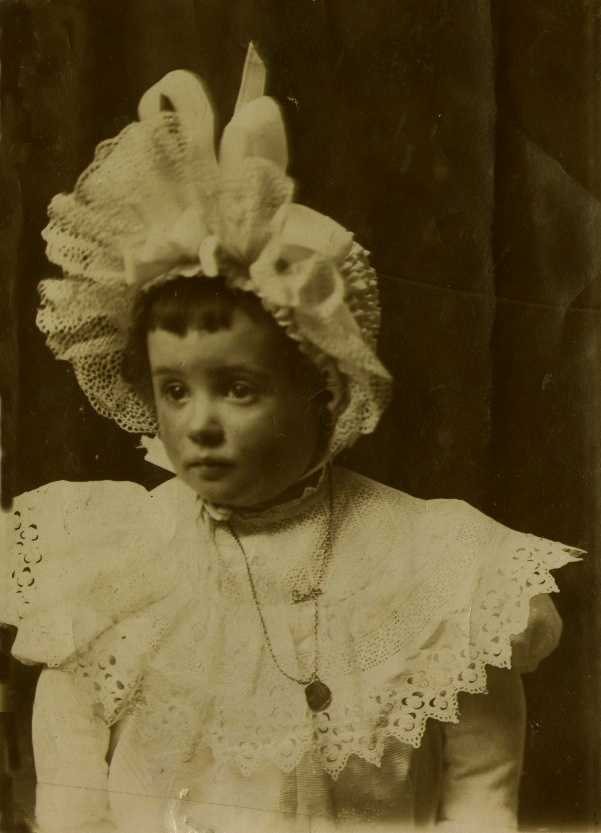
1900, Zaragoza
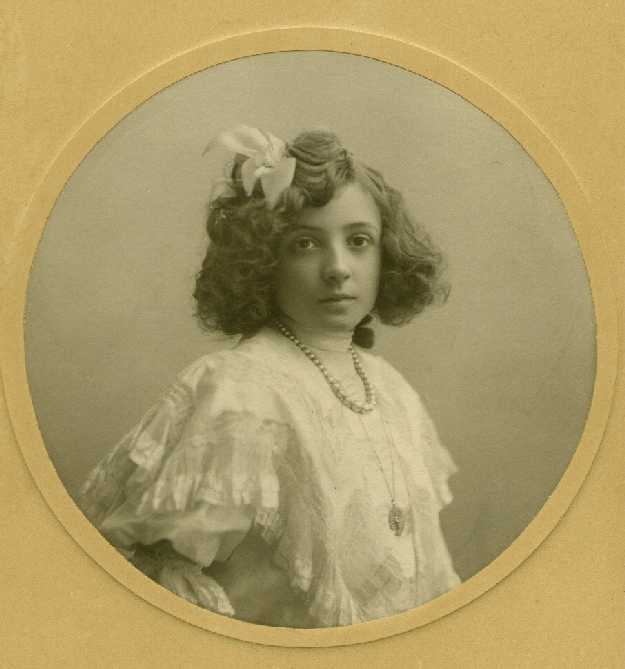
1907, Zaragoza.
Fot. Ignacio Coyne
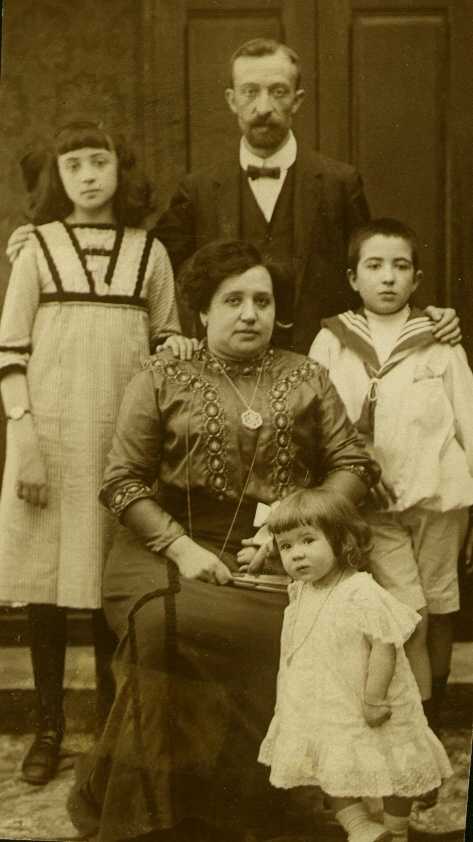
1911, Zaragoza
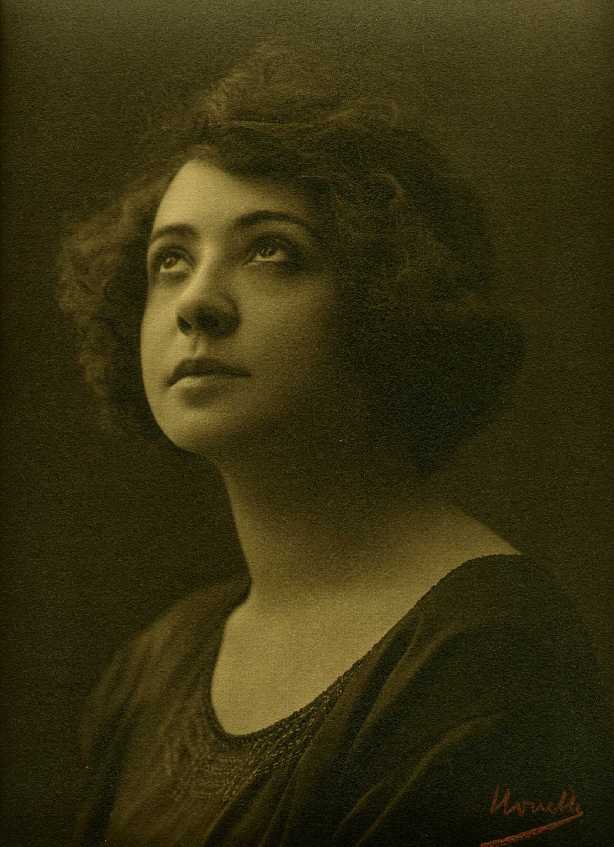
1915, Valencia
Fot. Gómez Novella
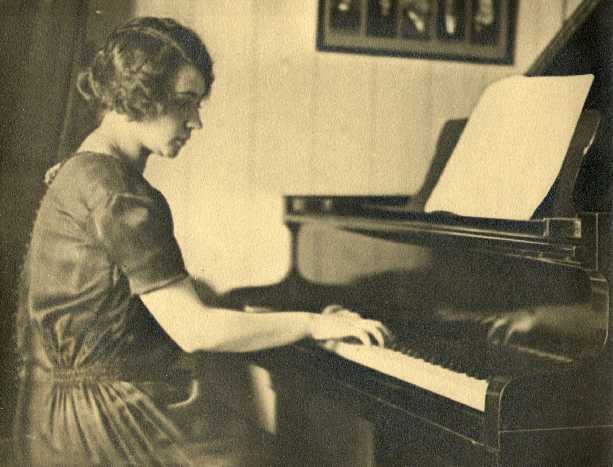
1922, Zaragoza

1924, Berlín
Fot. Nicola Perscheid
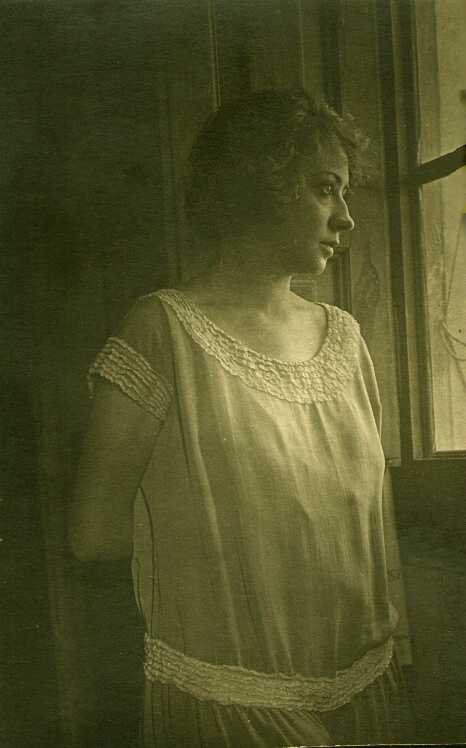
1920, Zaragoza
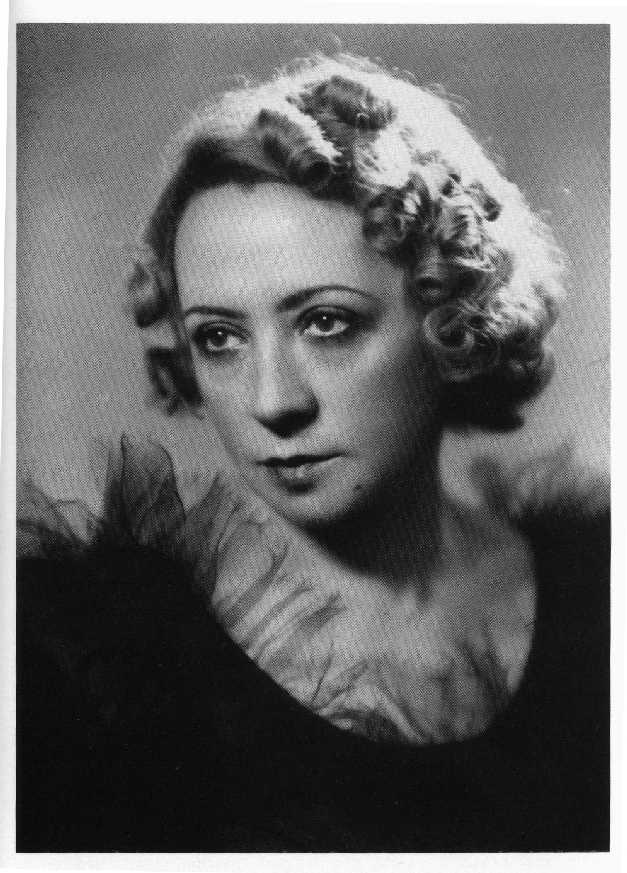
1933, Zaragoza
Fot. Manuel Coyne
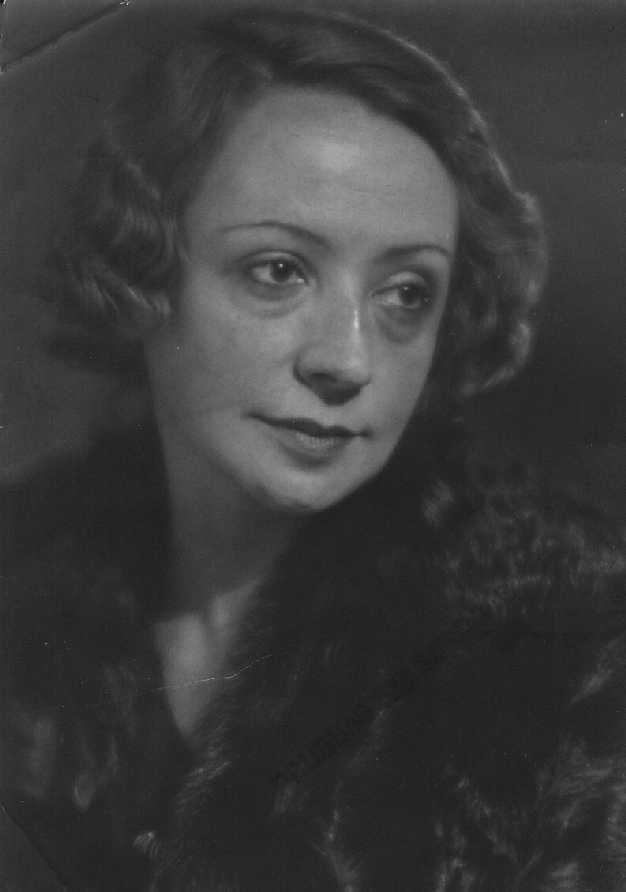
1936, Zaragoza
Fot. Jalón Ángel

1942, Zaragoza

1950, Zaragoza

1951, Zaragoza

1945, Zaragoza
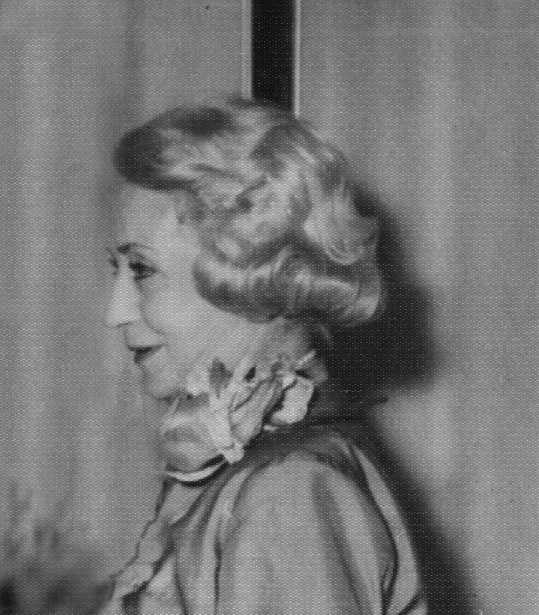
1965, Zaragoza
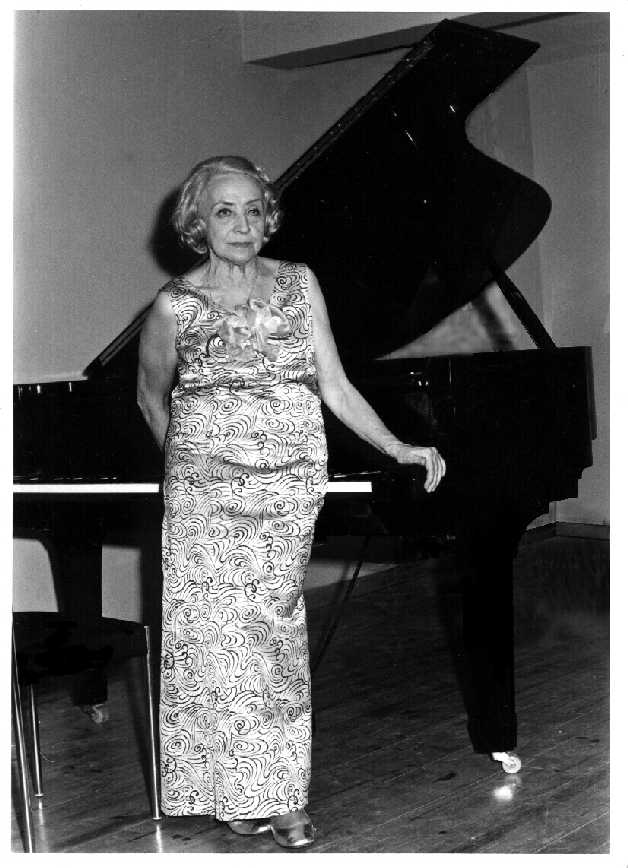
1974, Castro Urdiales
Fot. Pérez